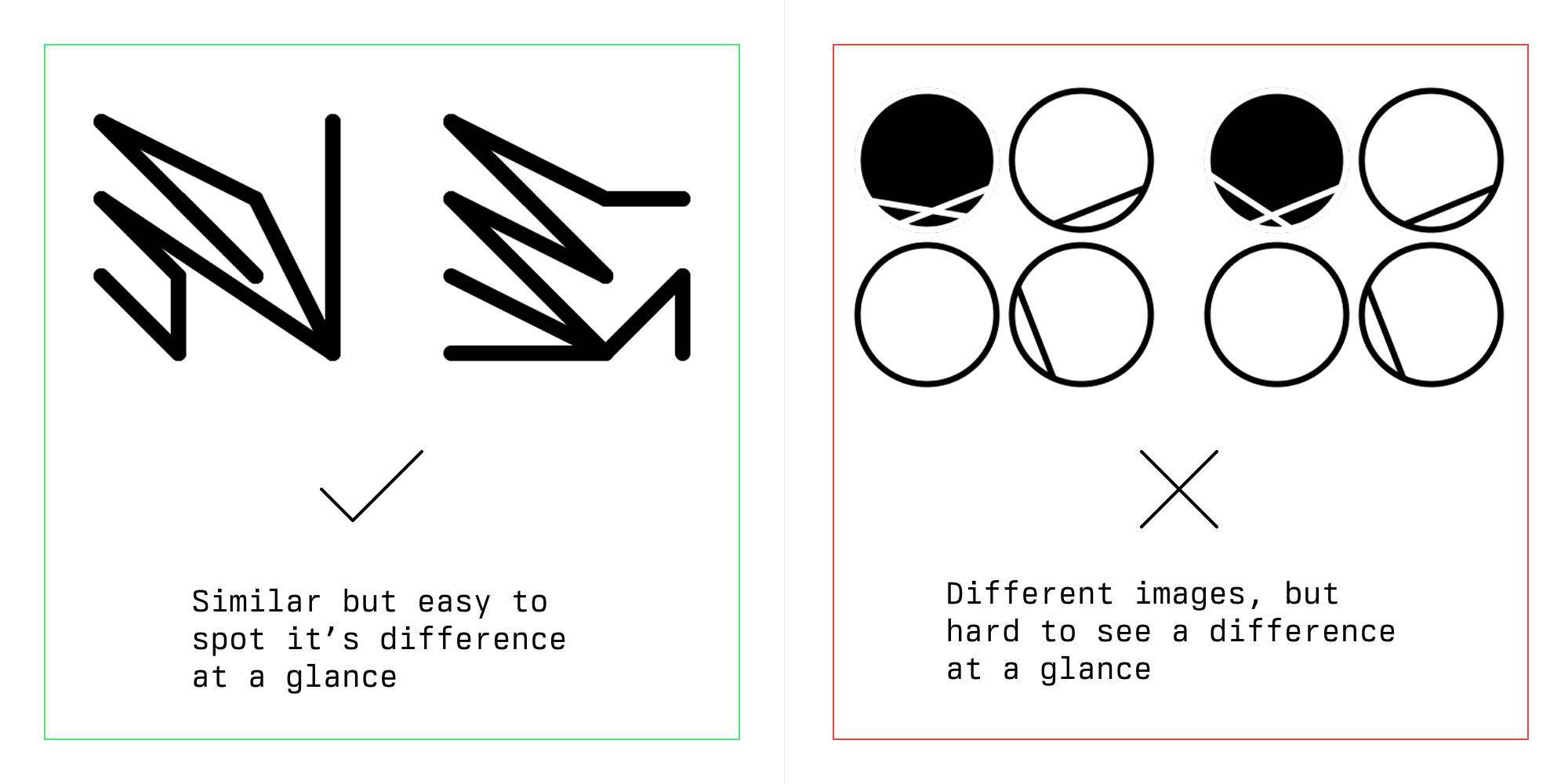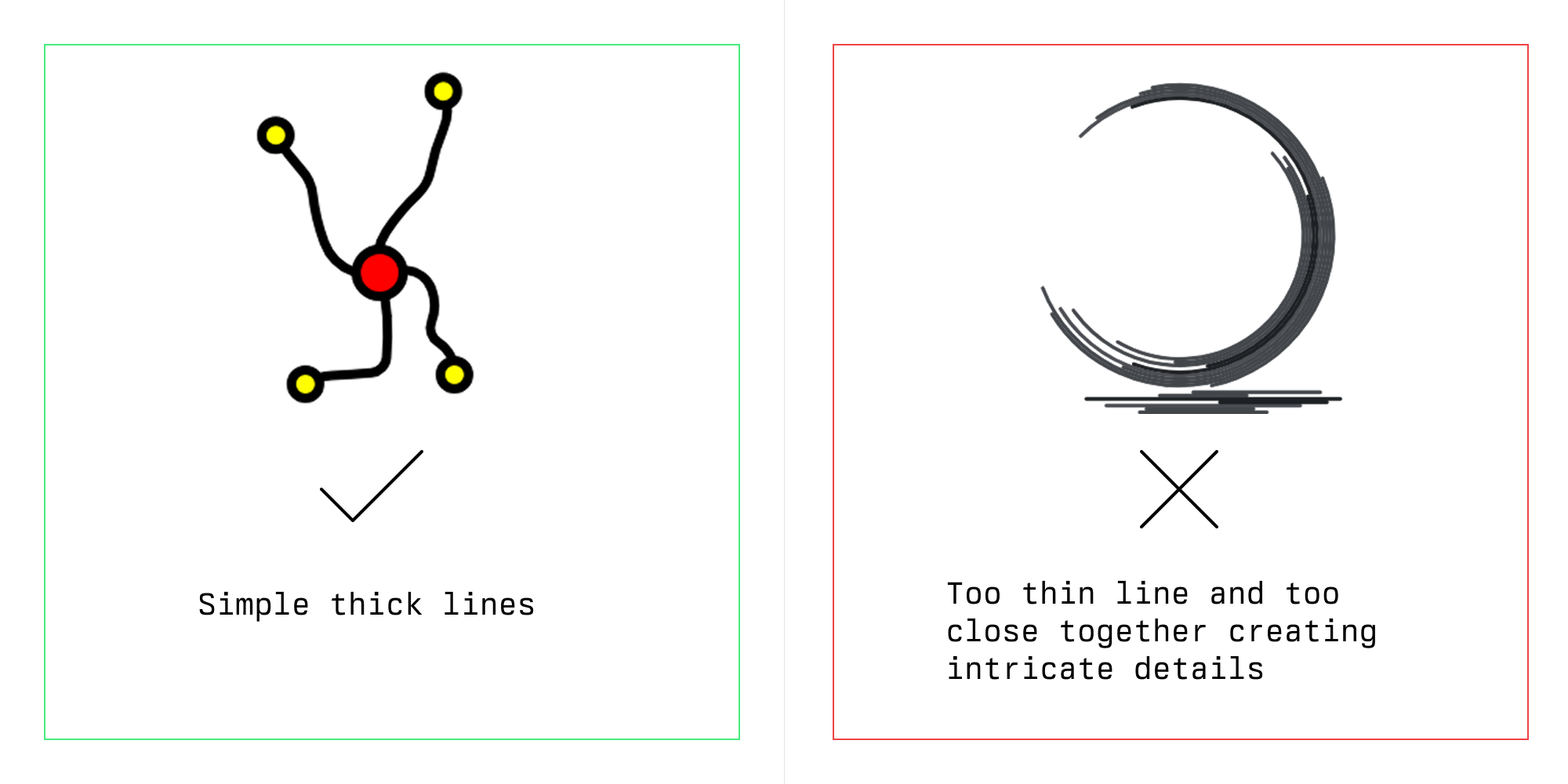Summer Assembly 2025
Submission Deadline: Saturday, August 2nd, 2025 at 01:00:00 UTC.
Submission Process: Submit a link and screenshot of your published work in the Entropretty app to Assembly's Partyman system at https://scene.assembly.org
Example Link: https://app.entropretty.com/a/21
Black & White Tattoo
Only pure black and white colors are allowed. No shades of gray or colors permitted.
- 1st: $1,500
- 2nd: $500
- 3rd: $500
- 4th: $500
- 5th: $500
Wild Tattoo
All colors and grayscale allowed. No restrictions on color palette. No Black & White entries.
- 1st: $500
- 2nd: $500
- 3rd: $500
The prize money will be paid out in DOT token equivalent to the amount. The amount of DOT will be determined with the conversion rate at the date of prize distribution.
Note: All other competition rules listed below still apply to both competitions.
General Competition Rules
1. Tattoo Compatibility
- The output must be clearly recognizable at a 25x25 mm size.
- Lines should be thick enough for tattooing and should not be overly detailed to prevent blurring over time.
- The use of colors should be limited; grayscale is allowed but should not compromise clarity.
- The entire 100x100 unit canvas must be used; no margins are required.
2. Determinism & Uniqueness
- Pick a Seed Type for your algorithm, see Seed Details section.
- The same input (
seed) must always produce the exact same output—the algorithm must be fully deterministic. - Each input (
seed) must produce a unique and distinguishable result. - Every bit of the input must be used in generating the algorithm's output.
3. Visual Consistency & Recognizability
- All outputs from a single algorithm must be visually related—completely different styles for different parts of the seed space are not allowed.
- The algorithm's output must remain distinguishable even when rotated or mirrored.
When creating variations, ensure they are easily distinguishable at a glance. The left example shows good practice where differences are clear, while the right example shows patterns that are too similar and hard to differentiate.
We will provide an automated check and benchmark in the app soon.
Examples
Black & White Designs

Grayscale Designs

Color Designs

Easy to Distinguish

Possible to Tattoo

Clear Orientation

4. Technical Requirements
- The algorithm must render in a reasonable amount of time on consumer hardware, ~300 ms or less,
- It must be fully standalone—no external assets, system- or platform-specific fonts, external resources, or APIs.
- If fonts are needed, they must be generated within the algorithm itself.
5. Creativity & Remixing
- Remixing other algorithms is allowed, as long as the remix has significant code & visual changes that make it distinct from the original.
- AI assistance is allowed in creating the algorithm.
6. Submission Guidelines
- Participants must submit a link and a screenshot of their published work in the Entropretty app to the competition system of the event host for judgment.
Example Link: https://app.entropretty.com/a/21
Seed Details
For your algorithm you can choose one of 3 different seed types as the input. Depending on your design goals, certain seed types may be more suitable than others. For most cases, we recommend starting with the simplest option: Entropy.
The possible types of seeds are the following:
1. Entropy
- The seed is an arbitrary 4 byte/32-bit quantity.
- e.g.
[64, 255, 0, 8] - Seed Samples - Entropy-Seeds.txt
2. Personal ID
-
The seed to your algorithm will be an integer number expressed in Little Endian as 8-bytes.
-
e.g.
[45, 0, 0, 0, 0, 0, 0, 0](integer 69) -
The integer represented by the seed is:
- Min value:
0 - Max value:
10_000_000_000 - Heavily biased towards lower values
- Min value:
-
You can convert the seed into a number using the
numeric(seed)helper function. -
Seeds Samples - Personal_Id-Seeds.txt
3. Account ID
- The seed is an arbitrary 32-byte/256-bit quantity.
- e.g.
[72, 178, 250, 161, 99, 11, 142, 176, 152, 101, 140, 230, 14, 190, 144, 148, 47, 155, 251, 45, 180, 193, 157, 5, 231, 6, 0, 233, 6, 35, 32, 81] - Seeds Samples - Account_Id-Seeds.txt
Helper Functions
There are several functions provided for operating on seeds:
bit(seed, n)
Get the nth bit from the seed, indexed from 0. Returns either 0 or 1.
bits(seed, from, to)
Get a number built from the bits of seed of the given span from and to.
bits(seed)
Get a number built from all bits of the seed, somewhere between 0 and 2**32 - 1 inclusive.
split(seed, parts)
Return an array of numbers, parts in length, each using approximately the same number of bits from the seed.
randomGenerator(seed)
Return a function which itself takes no arguments and returns a stream of random numbers between 0 and 1. This uses the Prando algorithm. There is also cheapRandomGenerator (using SFC32) and secureRandomGenerator (using SHA-256).
numeric(seed)
Returns a bigint representing the seed. Useful for transforming a Procedural Personal seed into a single integer number representation aka the Personal Id/Citizen Id.
Licensing
Participants agree that their submitted code will be licensed under CC BY-NC-SA 4.0 and thereby will be potentially used in the Proof-of-Ink project to generate tattoo designs for individuals. Usage is up to be determined by the Polkadot Open Governance platform.